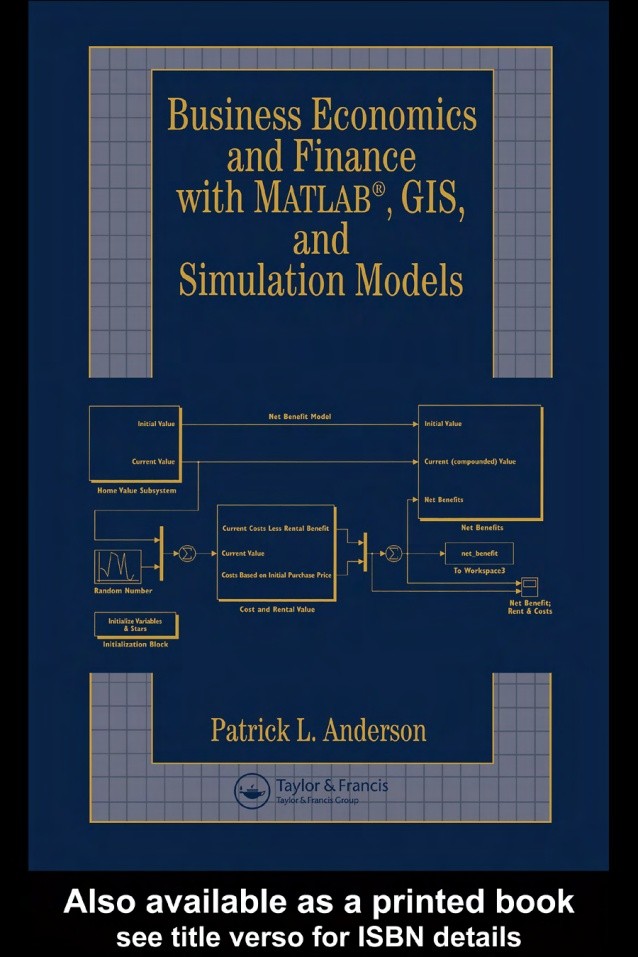Flawed Fee Model Distorts Virtu Says Bloomberg Business
Post on: 21 Август, 2015 No Comment

Regulators should review enacting a blanket reduction of the fees, which would also curb the rebates exchanges pay traders who facilitate transactions, said Chris Concannon, an executive vice president at Virtu Financial LLC in New York. Photographer: Andrew Harrer/Bloomberg
Jan. 2 (Bloomberg) — Regulators could stem the migration of U.S. equity trading to dark pools by coordinating a cut in trading fees, an action exchanges are unlikely to take on their own, according to one of the biggest high-frequency firms.
Most exchanges are charging users too much — 30 cents per 100 shares — pushing transactions off public markets to lower-cost private platforms such as dark pools, said Chris Concannon, an executive vice president at Virtu Financial LLC in New York. Regulators should review enacting a blanket reduction of the fees, which would also curb the rebates exchanges pay traders who facilitate transactions, he said.
The system of charging investors for trades while paying brokers, a model known in the industry as maker-taker, is common in the U.S. and elsewhere after market making by humans became less profitable over the last decade. While these pricing systems probably can’t be dismantled, there are “things you can regulate to mitigate their impact on market structure,” Concannon, whose firm provides offers to buy and sell securities on the New York Stock Exchange and dozens of other venues globally, said during an interview.
His comments come amid a debate over whether the $22 trillion U.S. stock market is organized fairly. The new head of the New York Stock Exchange, IntercontinentalExchange Group Inc. Chief Executive Officer Jeff Sprecher, says maker-taker should be examined. All five commissioners of the Securities and Exchange Commission have recently said stock market rules should be reevaluated.
Fueling Market
Maker-taker arose amid a decade and a half of regulatory and technological changes in the world’s biggest equity market. The SEC squeezed trading profits in 2001 by cutting the minimum price increment for U.S. shares to 1 cent, down from eighths or sixteenths of a dollar, reducing spreads for market makers. Exchanges started paying to encourage electronic trading firms to provide standing orders to buy and sell.
Those rebates now underpin much of the trading in the U.S. stock market. NYSE Euronext, the exchange owner Sprecher’s ICE bought in November, generated $1.06 billion in revenue from American equities transactions in 2012 and gave out $796 million in rebates. The comparable figures at Nasdaq OMX Group Inc. were $1.3 billion and $854 million, respectively, according to filings.
Most U.S. exchanges charge 30 cents to trade 100 shares, according to research from Deutsche Bank AG’s Autobahn trading group. That’s the maximum allowed by the SEC, which set the limit in 2005. Eight years later, 30 cents may be too high compared with the lower rates at dark pools, Concannon said.
Less Incentive
The biggest exchanges are “unwilling to lower their fees,” he said. Charging 30 cents is “a huge incentive to build dark pools” that can prosper on much less, he said. There will still be reasons to create and trade on dark pools, “but will you have dramatically diminished the incentive? Yes,” he said.
Reducing exchange access fees would probably also curb the rebates traders receive. In maker-taker, an exchange might charge 30 cents to place a 100-share order while paying 21 cents to the counterpart broker. If fees dropped to 10 cents, an exchange wanting to maintain that 9-cent profit could only pay a 1-cent rebate.
While Concannon contends that cutting fees could lead to more trading at exchanges, Dave Lauer, a consultant to Verdande Technology, says the resulting reduction in rebates could provide less incentive for market makers to post bids and offers, resulting in more trading on alternative venues. Off-exchange volume now accounts for almost 40 percent of U.S. trading, according to data compiled by Bloomberg.
Less Room
“If you lower the fee limit, there’s far less room to play with rebates, and a lot of business models become unprofitable,” Lauer said.
Concannon, a former SEC attorney, previously worked at Nasdaq, an exchange that uses the maker-taker model, and Virtu, which collects rebates. Virtu started in 2008 by trading U.S. stocks, and has since expanded worldwide and into assets including government bonds, currencies and futures.
Virtu would benefit if maker-taker were revised and more transactions took place on public exchanges, Lauer said.
“There’s a very large community of high-frequency trading firms that make markets and they’re in it for the right reasons, which is trying to build profitable businesses,” he said. “When you talk to people who know Concannon and know Virtu, you understand why they take this position: because they’re really good at what they do and they want more flow on the exchanges to trade against.”
Self-Interest
RBC Capital Markets sent a letter to the SEC in November calling on regulators to consider banning maker-taker because it disadvantages long-term investors by creating a conflict of interest for brokers. The system causes brokers to send orders in a way that may be cost effective for them and not their clients, the letter said.

Brokerages often put their own self-interest in front of their clients under maker-taker, according to a recent study of stock orders by Robert Battalio and Shane Corwin of the University of Notre Dame and Robert Jennings of Indiana University.
A new market that shuns the maker-taker model, IEX Group Inc. started trading in October. It charges about 9 cents per 100 shares traded to all customers and doesn’t give rebates. About 20 million shares were traded on the system on Dec. 19, a day when total U.S. volume was 6.4 billion.
Conflicted Brokers
Brad Katsuyama, the CEO of IEX, would prefer to see maker-taker disappear because he sees it creating a conflict of interest for brokers. While Concannon’s proposal for an SEC-mandated reduction in fees is a step in the right direction, Katsuyama said in an e-mail that “if the goal is to make a change, why not eliminate the conflict altogether?”
Banning maker-taker may not eliminate distortions in the market because exchanges have other ways to reward clients, such as by offering free market data, Concannon said. That’s why reducing the fee limit, which would lower rebates and narrow the price between dark pools and exchanges, could be a better solution, he said.
Sprecher has expressed disdain for the pricing model. Atlanta-based ICE is the world’s second-largest exchange owner by value, with a market capitalization of $26 billion, according to data compiled by Bloomberg.
“I don’t like maker-taker,” he said at an event in Atlanta on Oct. 21, before his deal to buy NYSE Euronext closed. “You shouldn’t pay people to trade.”
William O’Brien, CEO of Jersey City, New Jersey-based exchange owner Direct Edge Holdings Inc. disagreed.
“Businesses offer incentives for customers to be in their ecosystem all the time,” he said.
To contact the reporter on this story: Sam Mamudi in New York at smamudi@bloomberg.net
To contact the editor responsible for this story: Nick Baker at nbaker7@bloomberg.net














